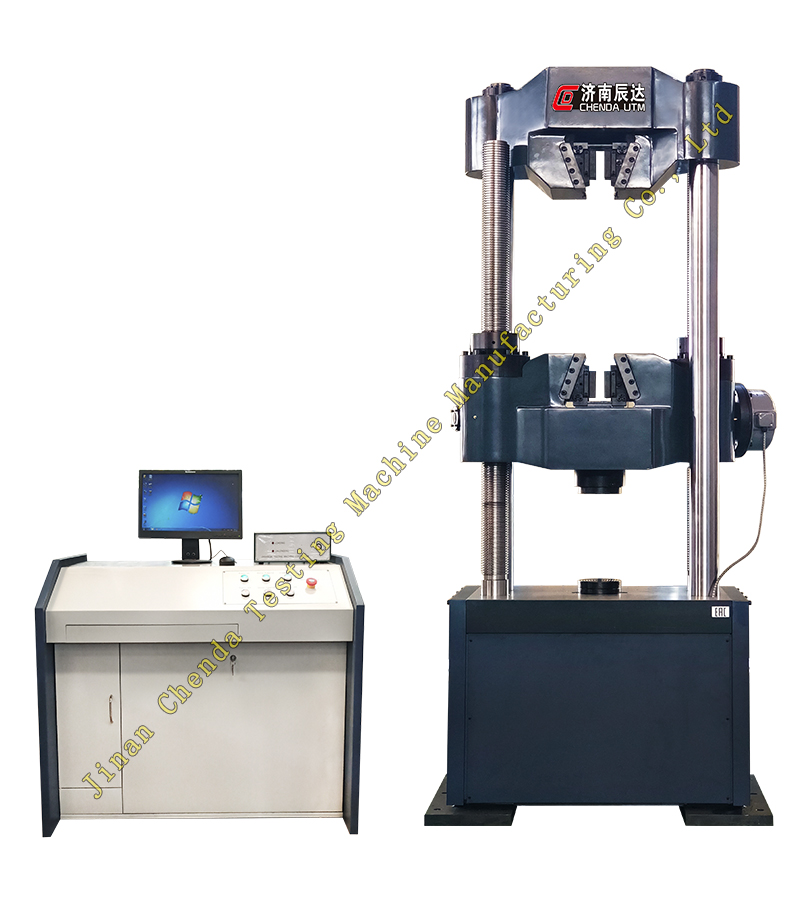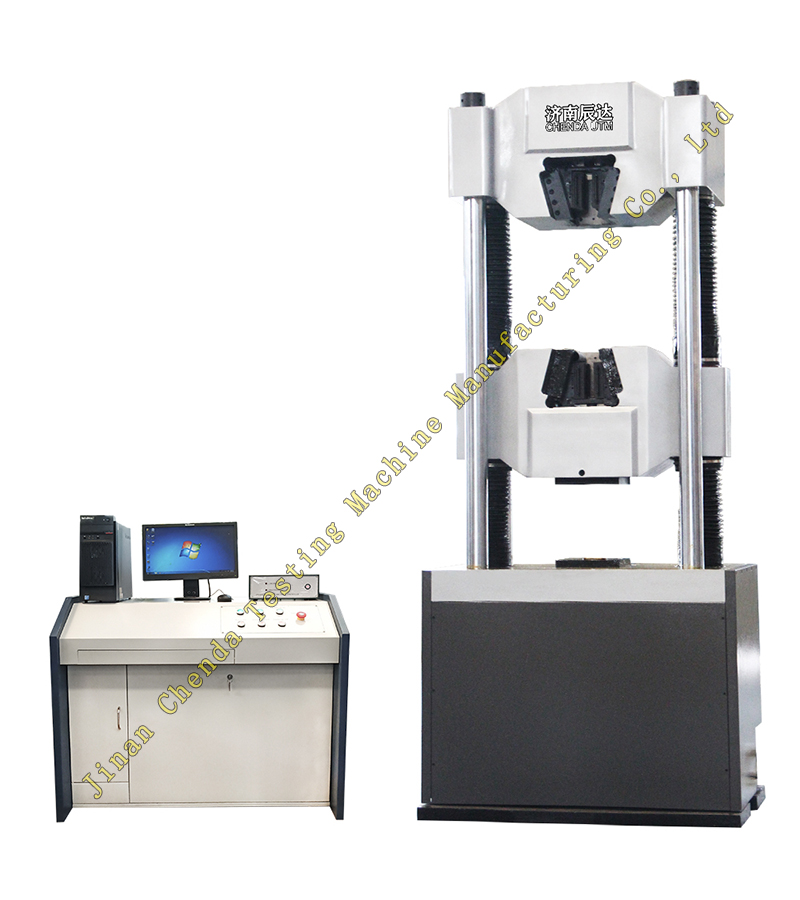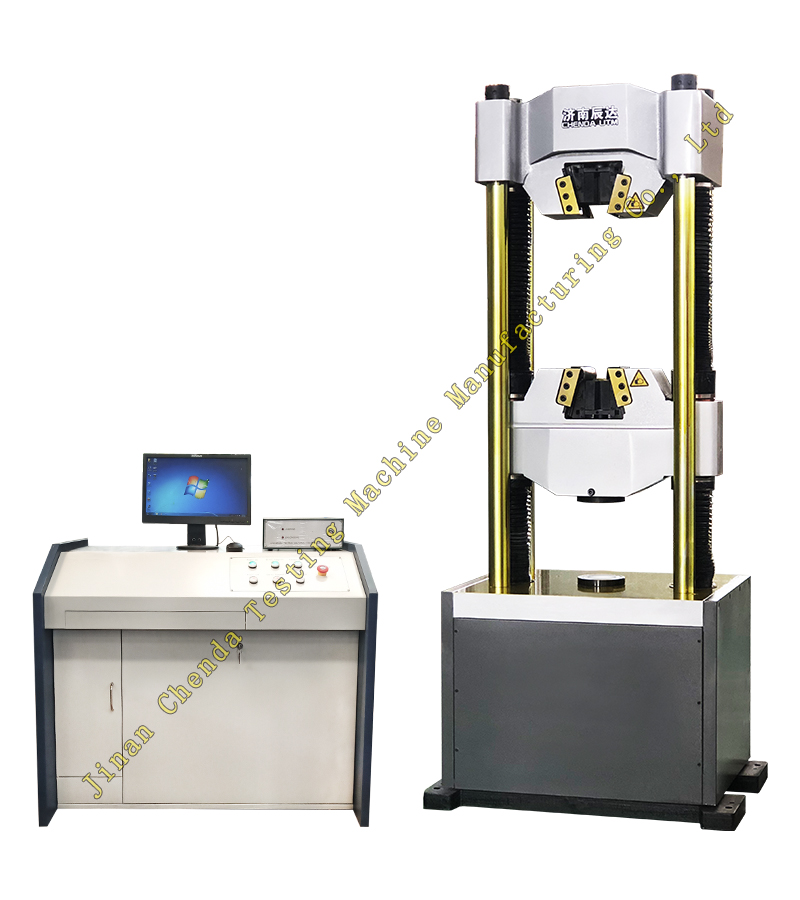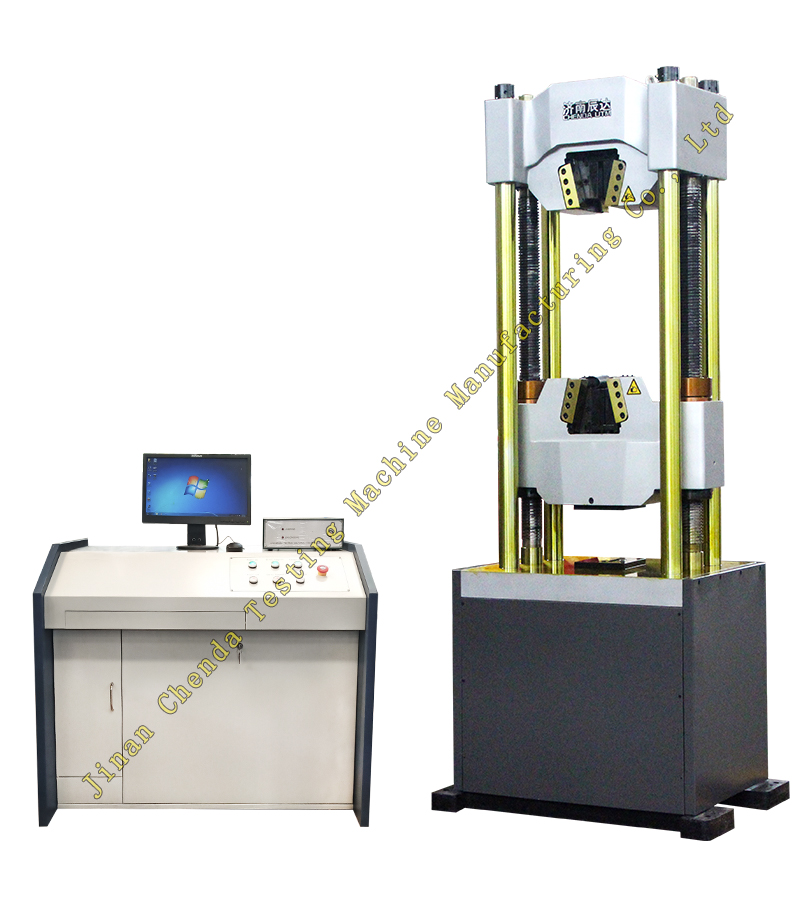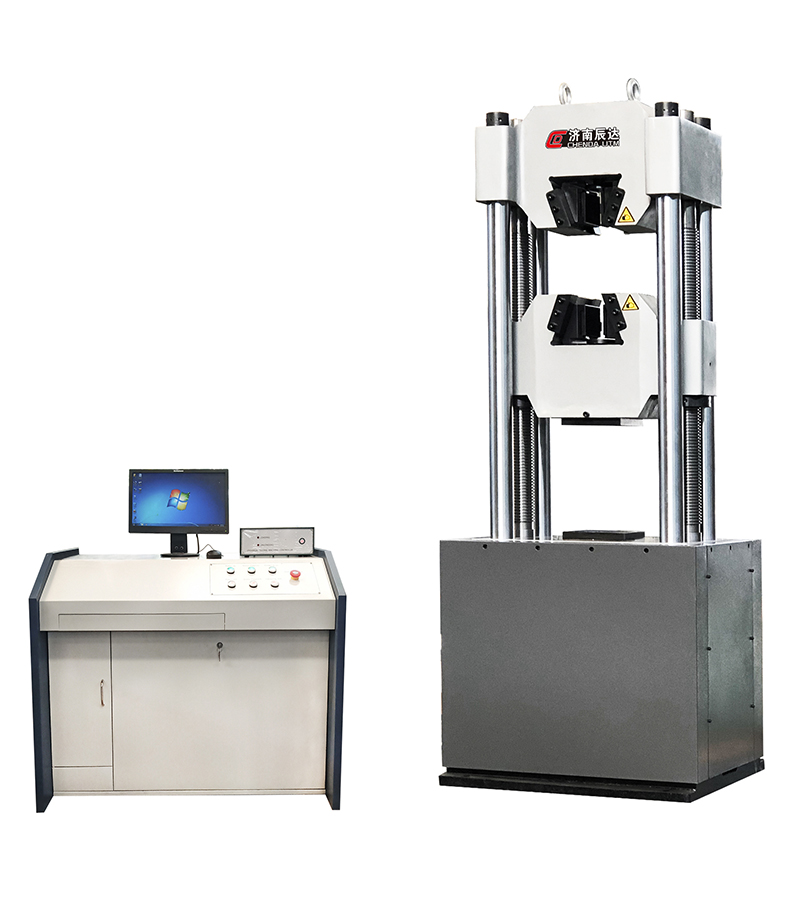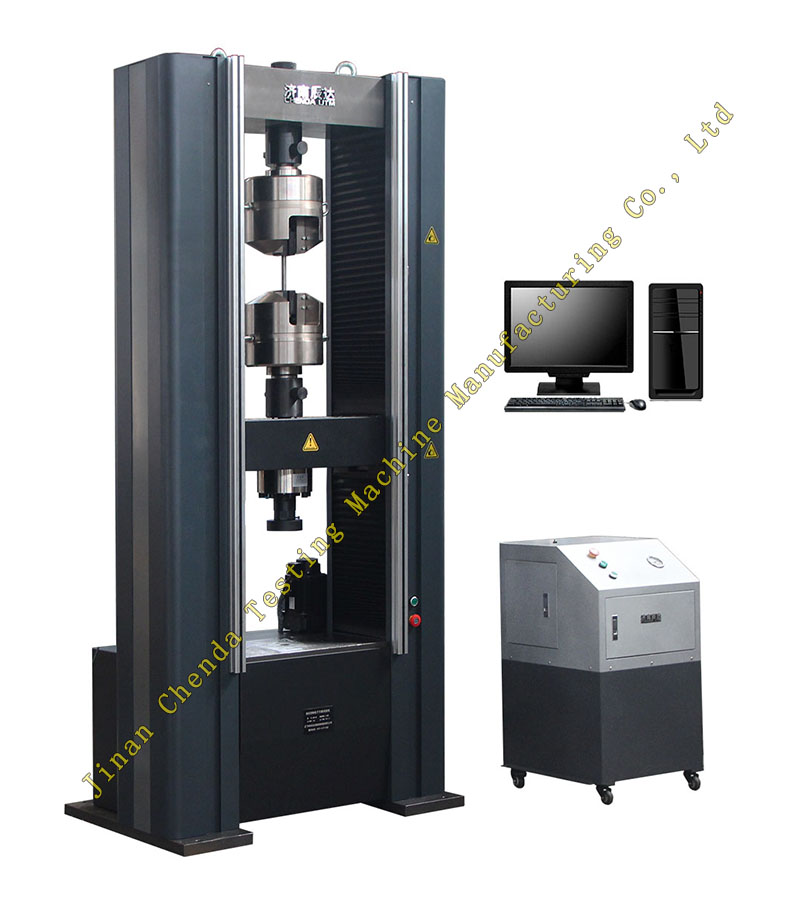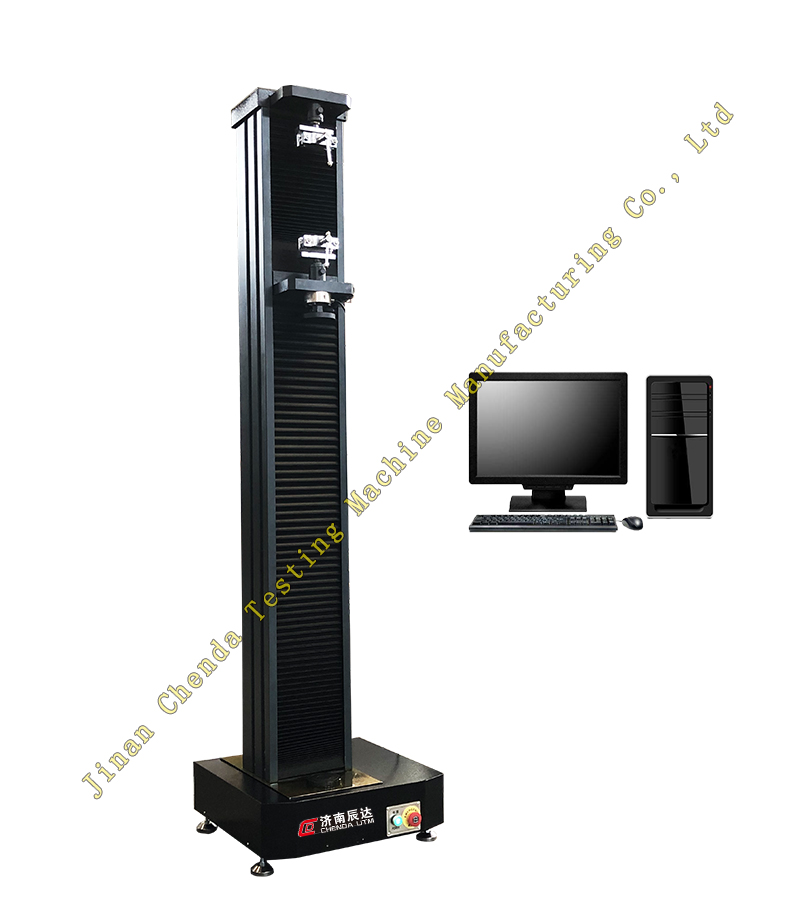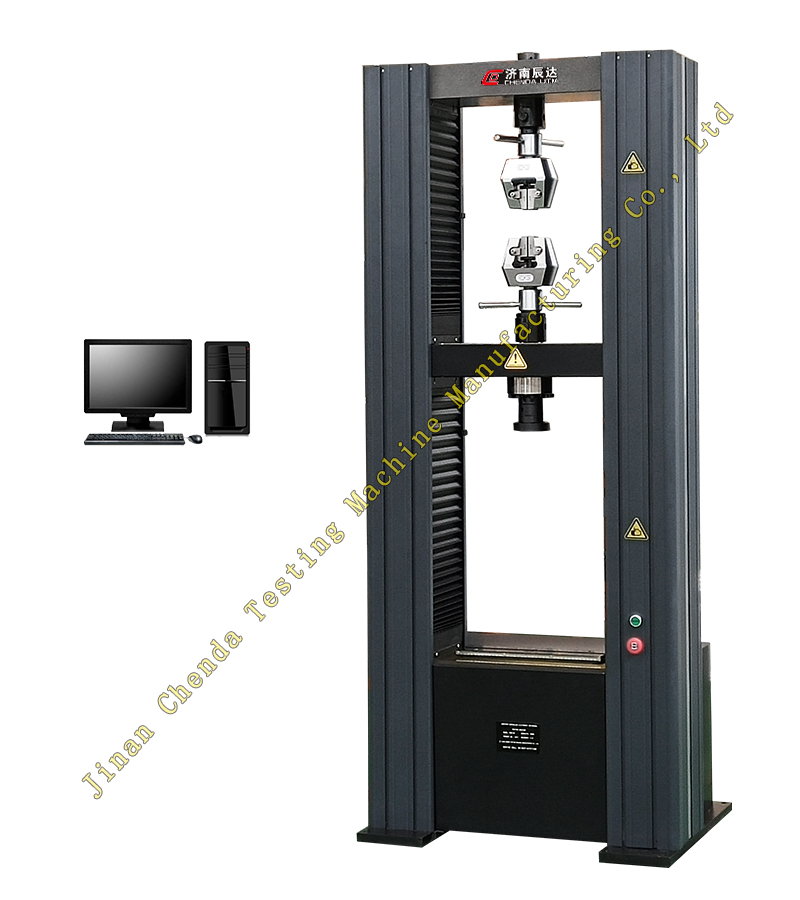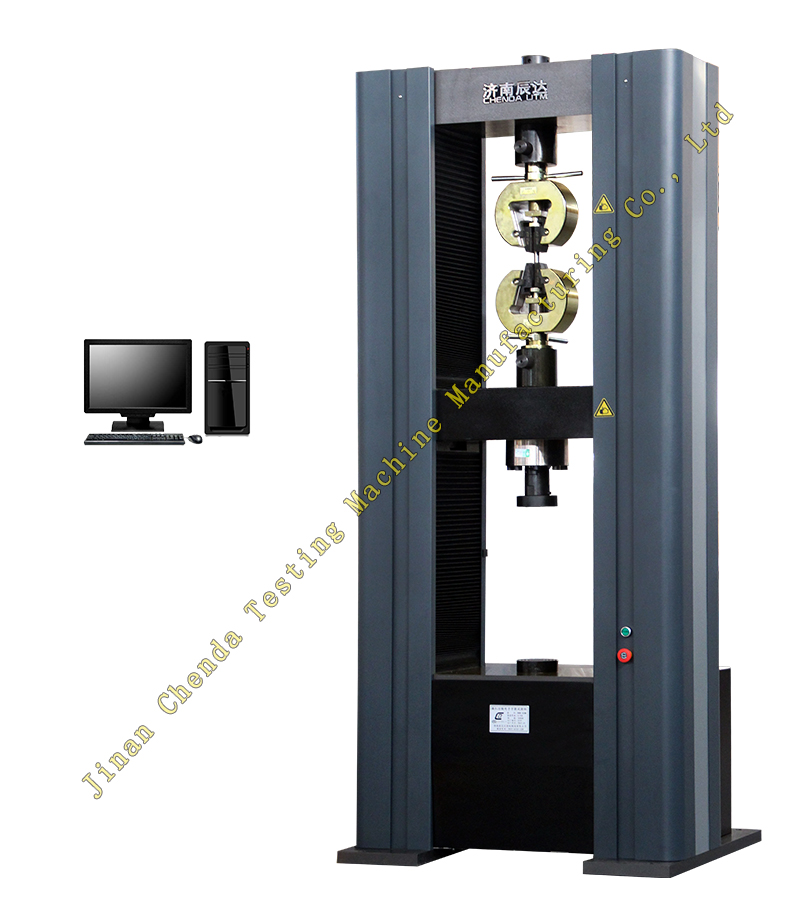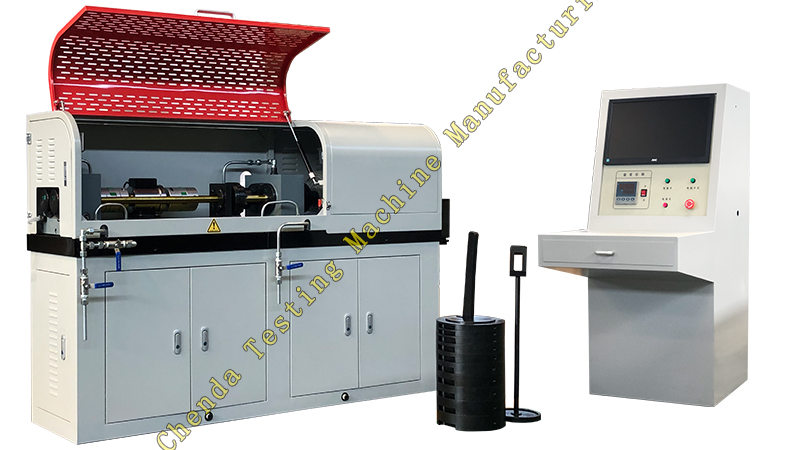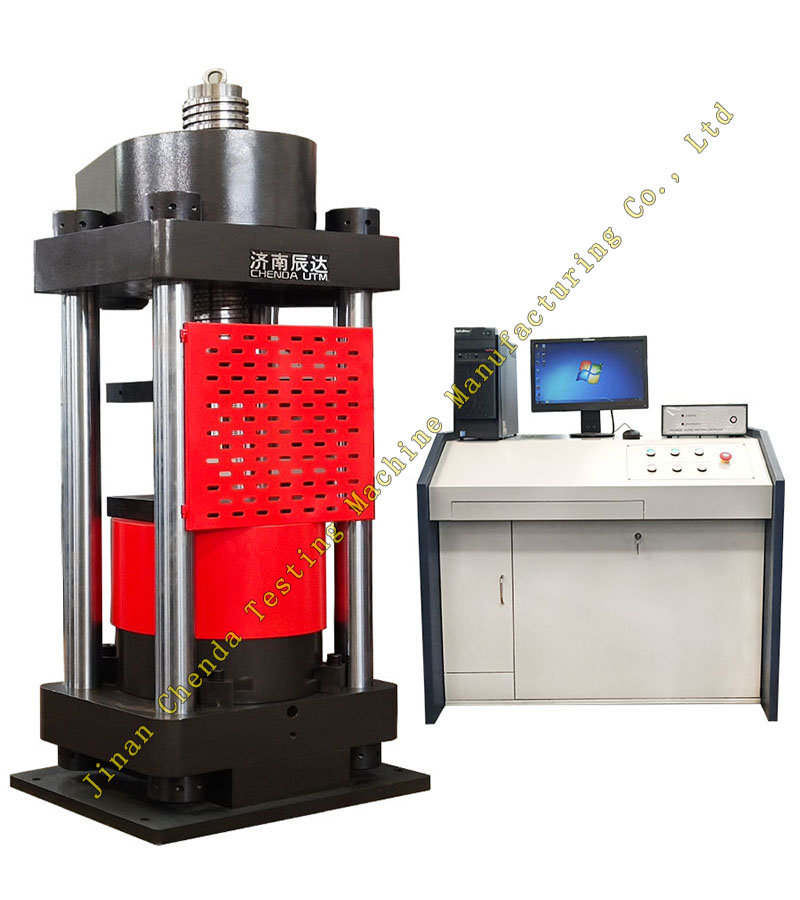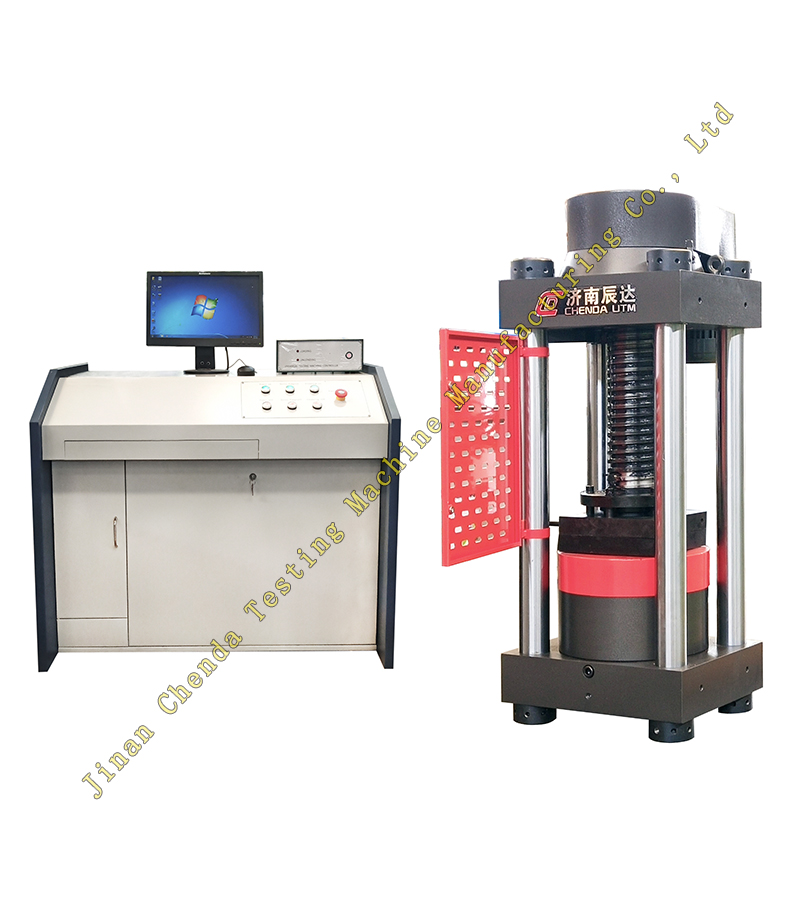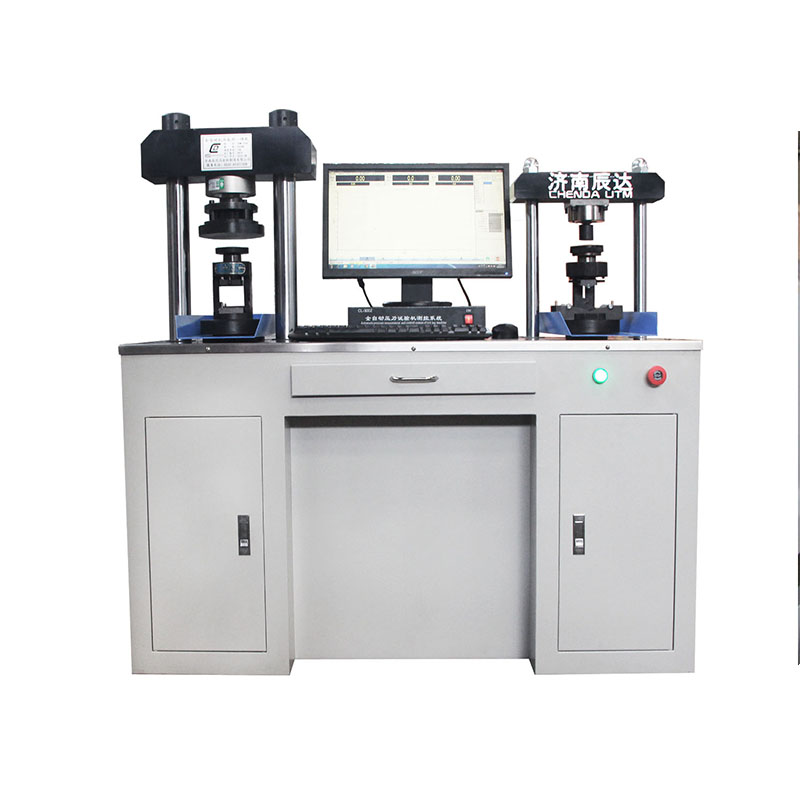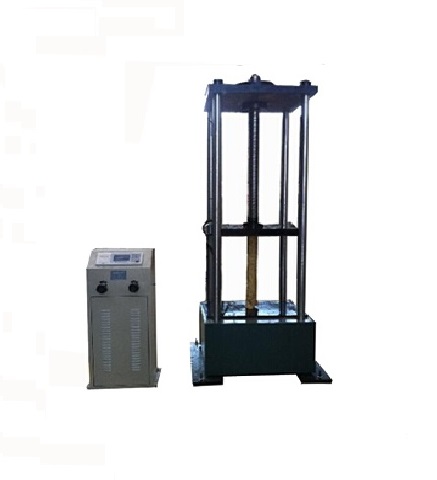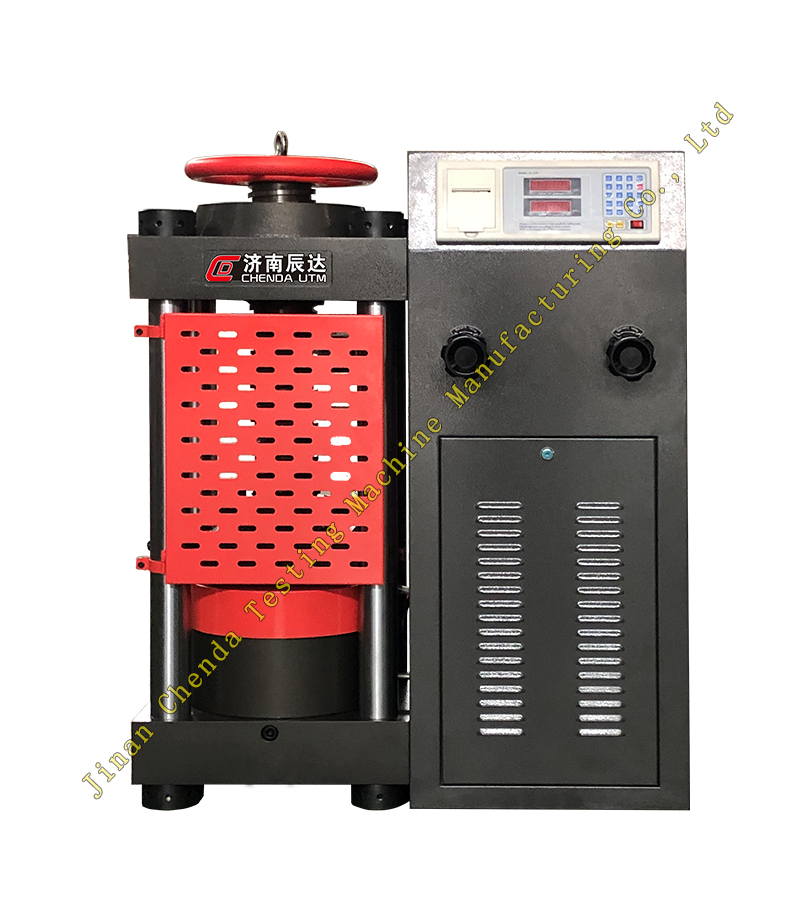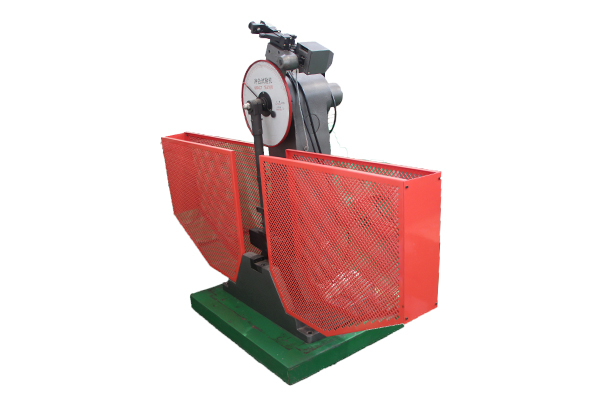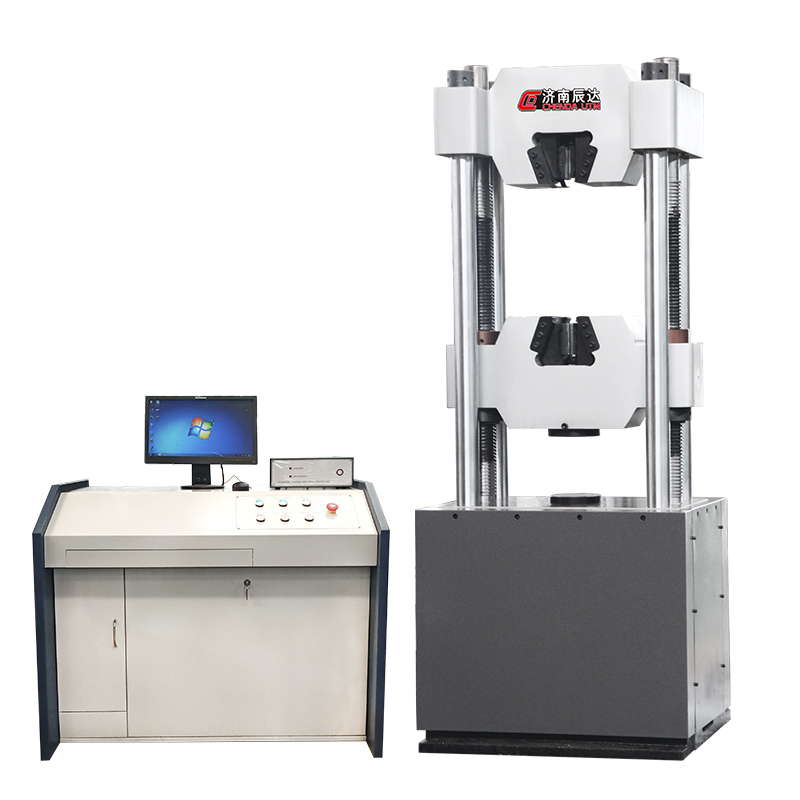
Electronic universal testing machine and hydraulic universal testing machine are two mainstream equipment in material mechanics performance testing. The core differences are reflected in the power system, loading characteristics, and applicable scenarios. The specific comparison is as follows:
1、 Principles of Power and Transmission
The electronic universal testing machine is driven by servo motors or stepper motors, and loaded through ball screws or synchronous belts. The motor converts electrical energy into mechanical energy, and the rotating motion is converted into linear motion through the screw nut pair, directly acting on the sample. Its transmission system has a compact structure, low noise, high control accuracy, and is suitable for testing with high dynamic response requirements.
The hydraulic universal testing machine relies on a hydraulic pump station to provide power and uses high-pressure hydraulic oil to push the cylinder piston to achieve loading. The oil pump converts the mechanical energy of the motor into hydraulic energy, and controls the stroke of the oil cylinder through the valve group. The loading force is transmitted through hydraulic oil. Its power system includes components such as oil pump, oil pipe, and oil cylinder, with a relatively complex structure that requires regular maintenance of the hydraulic oil circuit.
2、 Load characteristics and accuracy
Load range: The range of electronic testing machines is usually between 0.5kN and 300kN, suitable for medium and low load testing; The hydraulic testing machine can reach 100kN to 5000kN or more, and is mainly used in large tonnage scenarios (such as steel, concrete, etc.).
Control accuracy: The electronic testing machine, with its digital servo system, has a displacement control accuracy of up to 0.01mm and a force value accuracy within ± 0.5%, making it suitable for high-precision tensile, compressive, and bending tests; The hydraulic testing machine is affected by the viscosity and leakage of hydraulic oil, and the force accuracy is mostly ± 1%. When loading at low speeds, there may be a "crawling" phenomenon, and the accuracy is slightly inferior to electronic models.
3、 Speed and application scenarios
Speed range: The electronic testing machine has flexible speed adjustment (0.001mm/min to 500mm/min), supports quasi-static to fast loading, and is suitable for flexible materials such as plastic, rubber, and film; The speed range of hydraulic testing machine is relatively narrow (usually 1mm/min to 100mm/min), and the vibration is greater during high-speed loading, making it more suitable for destructive testing of rigid materials such as metal sheets and building materials.
Environmental adaptability: The electronic testing machine does not require hydraulic oil, has no risk of oil leakage, and is suitable for clean laboratory environments; The hydraulic testing machine needs to avoid dust and high temperature environments, and the hydraulic oil is easily affected by temperature, so it needs to be preheated in winter.
4、 Maintenance and Cost
The electronic testing machine is easy to maintain, only requiring regular lubrication of the lead screw and cleaning of the guide rail, with low operating costs; Hydraulic testing machines require regular replacement of hydraulic oil and cleaning of oil filters. Long term use may result in problems such as aging of sealing rings and oil pipe leakage, leading to high maintenance costs. In terms of initial investment, the price of hydraulic testing machines under the same load level is usually higher than that of electronic models, but in the scenario of ultra large tonnage (such as over 1000kN), the hydraulic solution has a higher cost-effectiveness.
The electronic universal testing machine is known for its high precision, easy operation, and low maintenance, and is suitable for routine material performance testing in research institutes and quality inspection institutions; Hydraulic universal testing machines are indispensable in fields such as construction engineering and heavy machinery due to their high load capacity. Users can choose based on testing load, accuracy requirements, and budget: choose electronic for medium low load, hydraulic for ultra large load or destructive testing.
